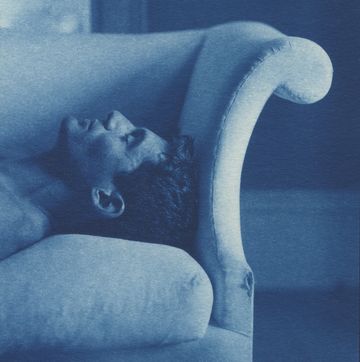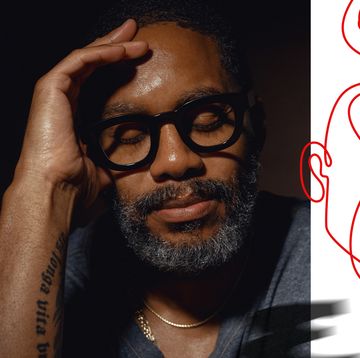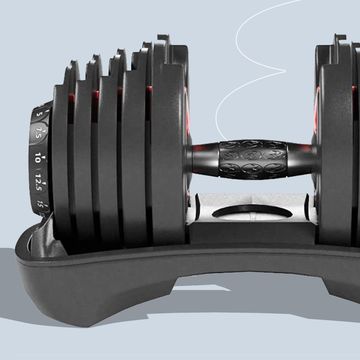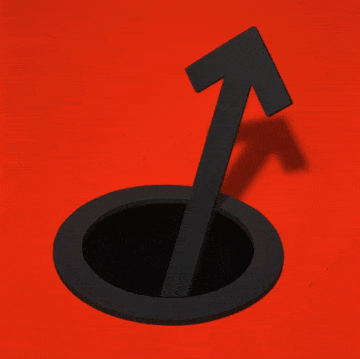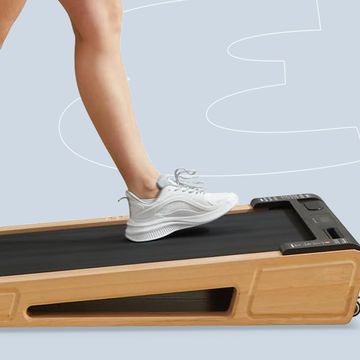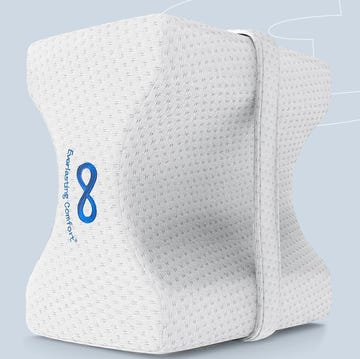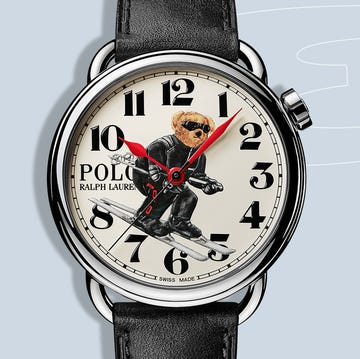As a professional strength coach, I see the same thing happen every two years. During the Summer Olympics, every average Joe gym-goer develops a newfound love for Olympic weightlifting movements like the clean and jerk and the snatch. During the Winter Olympics, people tend to search the conditioning programs of ski and snowboard athletes and hockey players.
Chaos promptly ensues.
You've got to remember that you may be fit, but you're not an Olympic competitor. If you're able to crush some solid sets in the weight room, good on you, but put things in perspective the next time you decide to go all Rocky IV in the gym. Here are some reasons why athlete-style training isn't for you.
1. You're Not Training for a Sport. You're Training for Your Health.
Athletes are often mistakenly viewed as the pinnacle of health and wellness, due to their fat-free frames and high levels of sport performance. The truth is, most sports involve repeating hundreds of reps of the same motion when playing (such as taking a slap shot or wrist shot, or bracing the legs while on the ski slopes). With that in mind, most training programs that coaches employ for their athletes will mimic these movements and make sure that they're specifically strong. In many cases, attaining full muscle balance and joint health is a second priority to optimizing performance in those movements. You may already have pre-existing muscle balance issues and joint health problems, and the last thing you'd want to do is perpetuate those issues. If it means taking things down a notch and looking at your fitness programming, it would be well worth your while to do so.
2. Athletes Often Use Complex Movements
The complexity of an exercise is something that should reflect your maturity level in the gym. Athletes will often use complex movements, not only to keep things specific to their sport, but also because their bodies need to be challenged in multiple areas of fitness at the same time (such as coordination, balance, and agility). Lateral bounding, olympic lift variations, unstable surface training, and other advanced methods are commonplace in the typical winter Olympian's training. But here's a simple truth: By track record, simple and basic movements like the squat, standing press, deadlift, row, and pull-up all work wonders for results in any fashion across the board. For an average person, these should be the hub of your workouts, around which accessory work can be added — if needed. So rather than hitting up the BOSU ball for some single-arm, unstable-surface, blindfolded dumbbell juggling as the core of your workout, opt to burn calories, improve strength, and learn to move more efficiently through the pure basics. You need them, and your body will thank you.
3. Athletes Use a High Training Volume
What this means is, whereas most people would train three to four days weekly, Olympians will train more. Much more. Sometimes twice in one day. First, it's not all that useful for a normal person with a full-time job and maybe even a family to take on such a high weekly volume of exercise. It will just lead to being burnt out, mighty fast. A couple of months spent training so frequently and shirking your needed rest time will have your nervous system giving you the finger in a full-fledged revolt. Remember, too, that Olympians have taken the time to build up to such a high frequency of training through years of practice and exposure to such a lifestyle. They didn't start out by training every day. It took dedication and hard work, and what you see on TV and read in the newspapers is the final product. Remind yourself that in most cases, the sport is the Olympian's full-time job.
To summarize, here's a quick list of do's and dont's:
DO
• Prioritize the primal movement patterns: squats, press, pull-ups, deadlifts, and rows are your go-to exercises for any goal you're after.
• Remember to make training a healthy part of your lifestyle, since you're active in several other pursuits, too. You don't want to develop a case of chronic fatigue.
• Train with purpose. That means keeping your goals and health in mind first. Just like an athlete trains for the purpose of getting better at his or her sport, you need to train for the purpose of building a balanced musculature, strong bones, and healthy joints.
DON'T
• Make the use of specialized equipment the foundation of your training. Instability work, suspension straps, and other fancy "trending" training methods are flashy, different, and sometimes effective, but will never beat out the basics.
• Overtrain. If you notice you're sore for more than three days following a workout, then your nervous system may be fatigued. Lower your training frequency and make sure it suits the demands of your lifestyle.
• Lift too heavy, too soon. It's easy to be wowed by incredibly powerful athletes training with a stack of weight, and "finding your limits" may be alluring. But it's safe to say that doing so without a proper foundation isn't a good idea. Stick to a comfortable rep range and load (I typically recommend sets of 10), and make progressions each week within these strictures.


